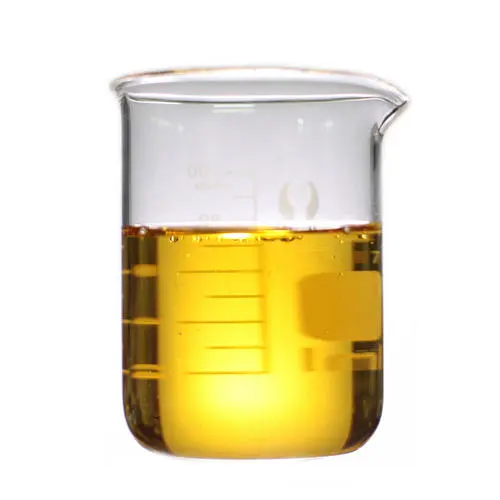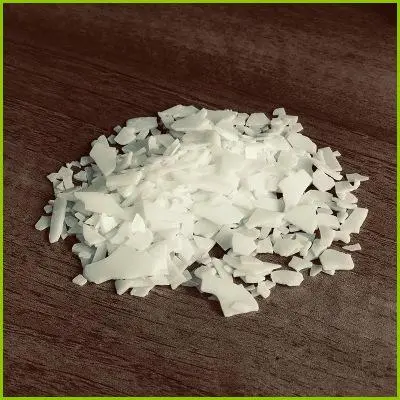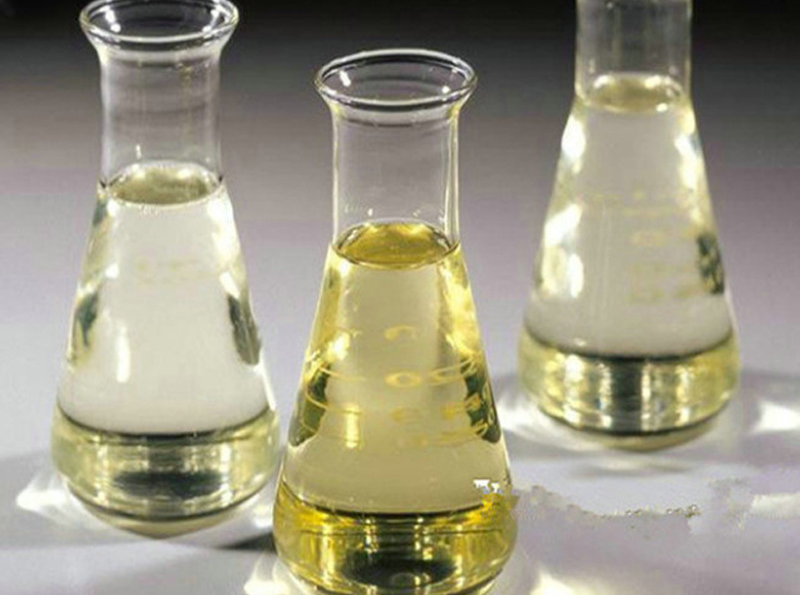Imagine your lungs as millions of tiny, delicate soap bubbles. Now picture trying to blow them up without any dish soap. That’s basically the nightmare scenario if your lungs stopped making surfactant. This slippery stuff is absolutely vital. Without it, breathing becomes a desperate, losing battle.
(What Would Happen To The Alveoli If Surfactant Were Not Produced? (Module 21.7c))
Surfactant coats the inside of every tiny air sac, called an alveolus. Its main job is simple. It cuts down surface tension. Think of surface tension like the stubborn skin on the top of a glass of water. It makes water bead up. Inside your lungs, high surface tension is bad news. It makes those tiny air sacs want to collapse inward, like a popped bubble.
So, surfactant is missing. Trouble starts immediately. Taking a breath in requires huge effort. The surface tension inside the dry alveoli is sky-high. It fights hard against your muscles trying to pull the lungs open. Each breath feels like sucking thick syrup through a tiny straw. You get exhausted fast.
But the bigger disaster happens when you try to breathe *out*. Normally, surfactant keeps the smaller alveoli stable. Big or small, they stay open easily. Without surfactant, the physics change drastically. The smaller air sacs face much stronger collapsing forces than the bigger ones. It’s like trying to blow up a tiny balloon versus a big beach ball; the small one fights you harder.
Result? The smaller alveoli don’t stand a chance. They collapse completely. This is called atelectasis. Huge areas of your lung simply deflate. They become useless for gas exchange. Oxygen can’t get in. Carbon dioxide can’t get out. Your body starts starving for air.
It gets worse. The collapsed alveoli create uneven pressure across the lung tissue. This unevenness damages the walls of the alveoli and the tiny blood vessels right next to them. Fluid leaks out of these damaged vessels. It floods into the air spaces. This is pulmonary edema. Now, not only are your alveoli collapsed, but the ones still struggling are drowning in fluid. Oxygen transfer becomes nearly impossible.
Your lungs become stiff and heavy. They lose their stretchy bounce. The effort to breathe is overwhelming. Your heart races, trying desperately to pump what little oxygen there is around your body. Your skin might turn blue from lack of oxygen. Every breath is a fight you are losing.
This isn’t just theory. It happens in real life. Premature babies often lack surfactant because their lungs aren’t fully developed. They develop Respiratory Distress Syndrome. It looks exactly like this collapse and fluid flooding. Without surfactant treatment, it’s often fatal.
(What Would Happen To The Alveoli If Surfactant Were Not Produced? (Module 21.7c))
The alveoli depend completely on that thin layer of slippery surfactant. It’s the magic ingredient letting millions of microscopic bubbles inflate easily, stay open, and do their life-giving job breath after breath. Take it away, and the delicate lung architecture fails catastrophically. The beautiful, efficient system turns into a battlefield of collapsed sacs and fluid, a stark picture of how one missing molecule can bring the whole machine crashing down.
Inquiry us
if you want to want to know more, please feel free to contact us. (nanotrun@yahoo.com)




